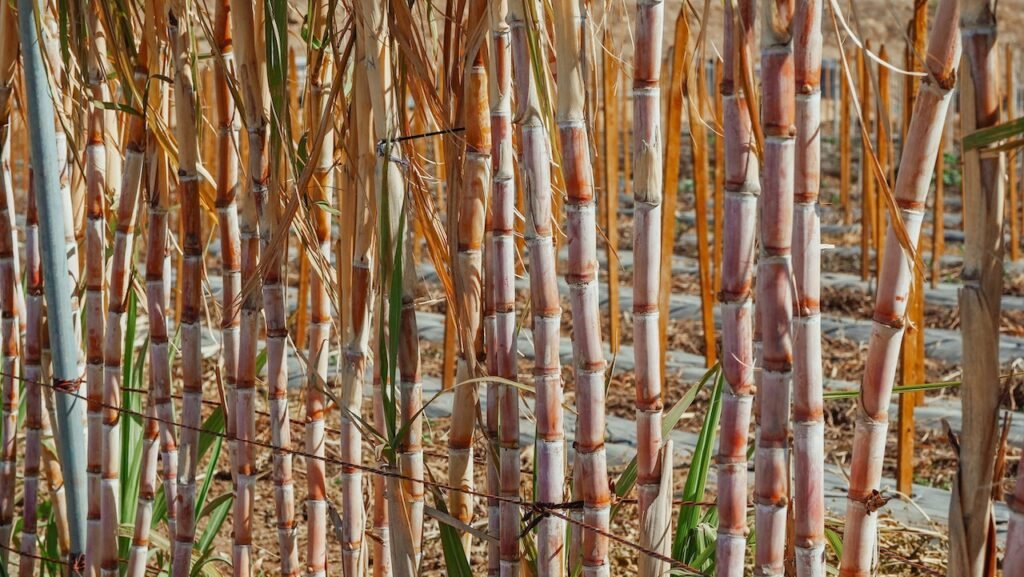
Pruning and Shaping: Get insights into the proper techniques for pruning and shaping a desert willow, including when and how to prune for optimal aesthetic appeal and plant health.
Pruning and shaping are essential tasks to keep your desert willow healthy and visually appealing. Understanding the proper techniques will ensure optimal growth and longevity for your tree.
Timing is crucial when it comes to pruning your desert willow. It is best to prune during late winter or early spring before the new growth emerges. This allows the tree to heal quickly, avoiding stress and potential damage. When pruning, focus on removing any dead or crossing branches to improve airflow and prevent disease or pest infestations. To maintain the desired shape, selectively prune branches that are growing in undesirable directions. Aim to create a balanced and open canopy that allows sunlight to penetrate through, promoting healthy growth. Remember, proper pruning techniques not only enhance the aesthetic appeal of your desert willow but also contribute to its overall well-being.
Dealing with Pests and Diseases: Identify common pests and diseases that may affect desert willows and learn effective strategies for prevention, early
Desert willows are susceptible to certain pests and diseases that can significantly impact their health and vitality. One common pest that affects desert willows is the aphid. These small, soft-bodied insects feed on the sap of the leaves and young shoots, causing them to become distorted and stunted. To prevent aphid infestations, it is important to regularly inspect your desert willow for signs of these pests. If aphids are present, a simple solution of water and dish soap can be sprayed onto the affected areas to deter them. Additionally, attracting natural predators such as ladybugs can help keep aphid populations in check.
In terms of diseases, desert willows are prone to a fungal infection known as powdery mildew. This disease presents as a white powdery substance on the leaves and may cause them to yellow and drop prematurely. To prevent powdery mildew, it is essential to provide proper airflow and avoid overhead watering, as moisture on the foliage creates an ideal environment for fungal growth. If your desert willow does become infected, removing and disposing of the affected leaves can help prevent the disease from spreading further. Applying a fungicide specifically formulated for powdery mildew can also help control the infection and protect the overall health of the plant.
• Regularly inspect your desert willow for signs of aphids
• Use a solution of water and dish soap to deter aphids
• Attract natural predators like ladybugs to keep aphid populations in check
• Provide proper airflow and avoid overhead watering to prevent powdery mildew
• Remove and dispose of infected leaves to prevent the spread of powdery mildew
• Apply a fungicide specifically formulated for powdery mildew to control the infection
What are some common pests that can affect desert willows?
Some common pests that can affect desert willows include aphids, scale insects, spider mites, and caterpillars.
How can I identify if my desert willow is affected by pests?
Look for signs such as discolored or distorted leaves, visible insects or their eggs, sticky residue on leaves, or wilting and stunted growth.
What are effective strategies for preventing pests on desert willows?
Some effective strategies for preventing pests on desert willows include maintaining proper plant hygiene, regularly inspecting your plants for signs of pests, promoting a healthy growing environment, and using natural pest control methods such as insecticidal soaps or neem oil.
How do I prune and shape a desert willow properly?
To prune and shape a desert willow, it is recommended to prune during late winter or early spring while the plant is dormant. Remove any dead, damaged, or crossing branches, and shape the tree by selectively removing branches to maintain a balanced and open structure.
When is the best time to prune a desert willow for optimal aesthetic appeal and plant health?
Late winter or early spring, while the desert willow is dormant, is the best time to prune for optimal aesthetic appeal and plant health.
What are some common diseases that can affect desert willows?
Some common diseases that can affect desert willows include powdery mildew, leaf spot diseases, root rot, and cankers.
How can I prevent diseases from affecting my desert willow?
To prevent diseases, ensure proper watering practices, provide adequate air circulation, avoid over-fertilization, and promptly remove and destroy any infected plant material.
How can I identify if my desert willow is affected by diseases?
Look for symptoms such as discolored or spotted leaves, wilting or drooping branches, cankers or lesions on the trunk or branches, or overall poor growth and decline.
Can I use chemical pesticides to control pests on my desert willow?
While chemical pesticides can be used as a last resort, it is generally recommended to try natural pest control methods first. Consult with a professional or follow the instructions on the pesticide label if you choose to use chemical pesticides.
Is it necessary to prune a desert willow every year?
Pruning a desert willow every year is not necessary. It is typically done to remove dead or damaged branches, improve the tree’s shape, or control its size. Regular inspections should be done to determine if pruning is needed.

